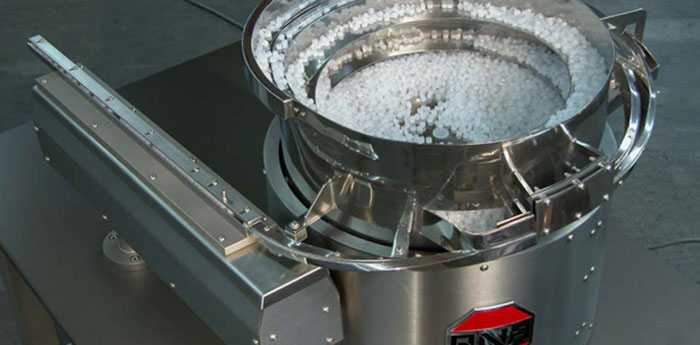Automation Devices, Inc. (ADI) is a vibratory feeding systems manufacturer that produces a complete line of parts-feeding equipment. ADI manufactures and fabricates a full range of stainless steel and cast aluminium vibratory feeder bowls and complete feeding systems that include part conveyors, hoppers and pre-feeders. Now, Automation Devices is applying 3D printing technology to reduce costs and production time for their newly designed feeder bowls.
Automation Devices has transitioned their production processes from established traditional methodologies for the manufacture of their products, to constructing master patterns using Solidworks computer aided design (CAD) models for 3D printing. The company has begun rendering castings by using the fused deposition modelling (FDM) 3D printing process with ABS, a common plastic material, used prolifically with FDM 3D printing.

While this has long been an advantage of adopting 3D printing — from the prototype stage through to production — it is great to see it is becoming an increasingly familiar refrain as the number of companies adopting the technology grows significantly.



